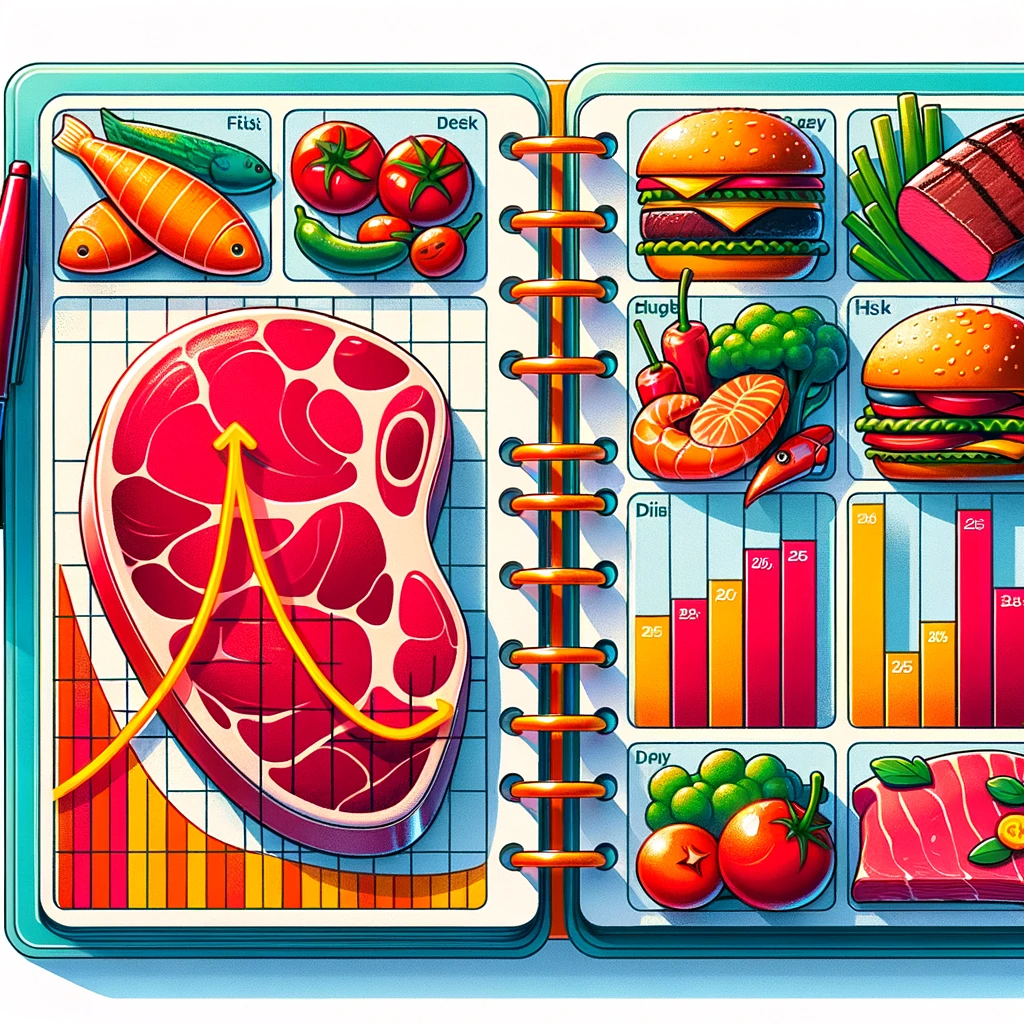Wellness
Even 2 Servings of Red Meat Per Week May Raise Diabetes Risk
This content originally appeared on Everyday Health. Republished with permission.By Lisa Rapaport People who eat more than one serving of red meat a week…

This content originally appeared on Everyday Health. Republished with permission.
By Lisa Rapaport
People who eat more than one serving of red meat a week may be more likely to develop type 2 diabetes than their counterparts who indulge less often, a new study suggests.
For the study, researchers analyzed health data on almost 217,000 people who completed multiple dietary questionnaires over a follow-up period of up to 36 years. During this time, more than 22,000 of the participants developed type 2 diabetes.
Compared with people with the lowest processed red meat consumption, participants who ate the most were 62 percent more likely to develop type 2 diabetes, according to study results published in the American Journal of Clinical Nutrition.
Those who ate the most unprocessed red meat were 40 percent more likely to develop type 2 diabetes compared with those who ate the least.
“In terms of preventing type 2 diabetes, we recommend people replace red meat with plant-based protein sources, such as nuts and legumes,” says lead study author Xiao Gu, PhD, a researcher at the Harvard T.H. Chan School of Public Health.
RELATED: Almonds, Walnuts, or Pistachios — Which Is the Healthiest Nut?
Replacing one daily serving of red meat with nuts and legumes was associated with a 30 percent lower risk of type 2 diabetes, the study found. Similarly, substituting a serving of red meat for dairy was linked to a 22 percent lower risk of type 2 diabetes.
To Reduce Diabetes Risk, Reduce Your Intake of Processed Meat
To make the biggest impact on diabetes risk, people may want to look first at how much processed meat they eat, the study findings suggest. That’s because each added daily serving of processed red meats — like bacon, hot dogs, or cold cuts — was associated with a 46 percent greater risk of type 2 diabetes.
By contrast, every extra serving of unprocessed red meat, like beef, pork, and lamb, was tied to a 24 percent higher risk of developing type 2 diabetes.
The study also suggests that it’s important to keep an eye on portion sizes. One serving of unprocessed red meat in the study was about 3 ounces, much less than a quarter-pound burger. Servings of processed meats were roughly the equivalent of a single slice of bacon, one hot dog, or a couple slices of deli meat.
Choosing Plant-Based Proteins May Reduce Your Risk of Type 2 Diabetes
One limitation of the study is that the vast majority of participants were white, making it possible that results might differ for people with other racial or ethnic backgrounds. Another drawback is that researchers relied on participants to accurately recall and report on their eating habits over time.
Still, the results do point to a good way for people looking to reduce their diabetes risk to make diet changes that can help, Dr. Gu says. The key is replacing animal proteins that increase this risk with plant proteins that lower it.
“Plant-based proteins are abundant in vitamins, minerals, and dietary fibers, making them nutritious alternatives to red meat in many ways,” Gu says. “We currently do not have evidence to show that replacing red meat with refined grains, such as pasta, is good for health.”
There are lots of healthy plant-based proteins that can be used instead of red meat, says Samantha Heller, RD, a registered dietician based in New York City who wasn’t involved in the new study.
“Consume protein with meals and snacks such as tofu, edamame, beans, nuts and nut butters, seeds, and seitan,” Heller says. Pasta isn’t off the table entirely, but people looking to lower their diabetes risk should look for whole grain versions and keep the portions under control.
Most grains should be whole, including whole wheat and brown rice, and portions need to be adjusted. One serving of pasta should be about a half cup cooked, according to U.S. dietary guidelines.
Help is out there, too, if you’re not sure how to switch things up in the right way, Heller adds.
“Working with a registered dietitian can be very helpful for patients and take the guesswork out of grocery shopping and meal planning,” Heller says. “Most patients are pleasantly surprised at the wide variety of foods, dishes, and cuisines they can include in their daily fare.”
- Gu X et al. Red Meat Intake and Risk of Type 2 Diabetes in a Prospective Cohort Study of United States Females and Males. The American Journal of Clinical Nutrition. October 18, 2023.
- Dietary Guidelines for Americans, 2020–2025. S. Department of Health and Human Services. December 2020.

Lion’s Mane Mushroom: History, Benefits, and Adaptogen Properties
Explore the intriguing world of Lion’s Mane Mushroom in our comprehensive guide. Dive into its unique properties, historical significance, and myriad health…
AI can already diagnose depression better than a doctor and tell you which treatment is best
Artificial intelligence (AI) shows great promise in revolutionizing the diagnosis and treatment of depression, offering more accurate diagnoses and predicting…
Reasons You should Get this: Neptune Wellness Solutions Inc (NASDAQ:NEPT), WeTrade Group Inc. (NASDAQ:WETG)
NEPT has seen its SMA50 which is now -9.28%. In looking the SMA 200 we see that the stock has seen a -92.25%. WETG has seen its SMA50 which is …
The…













